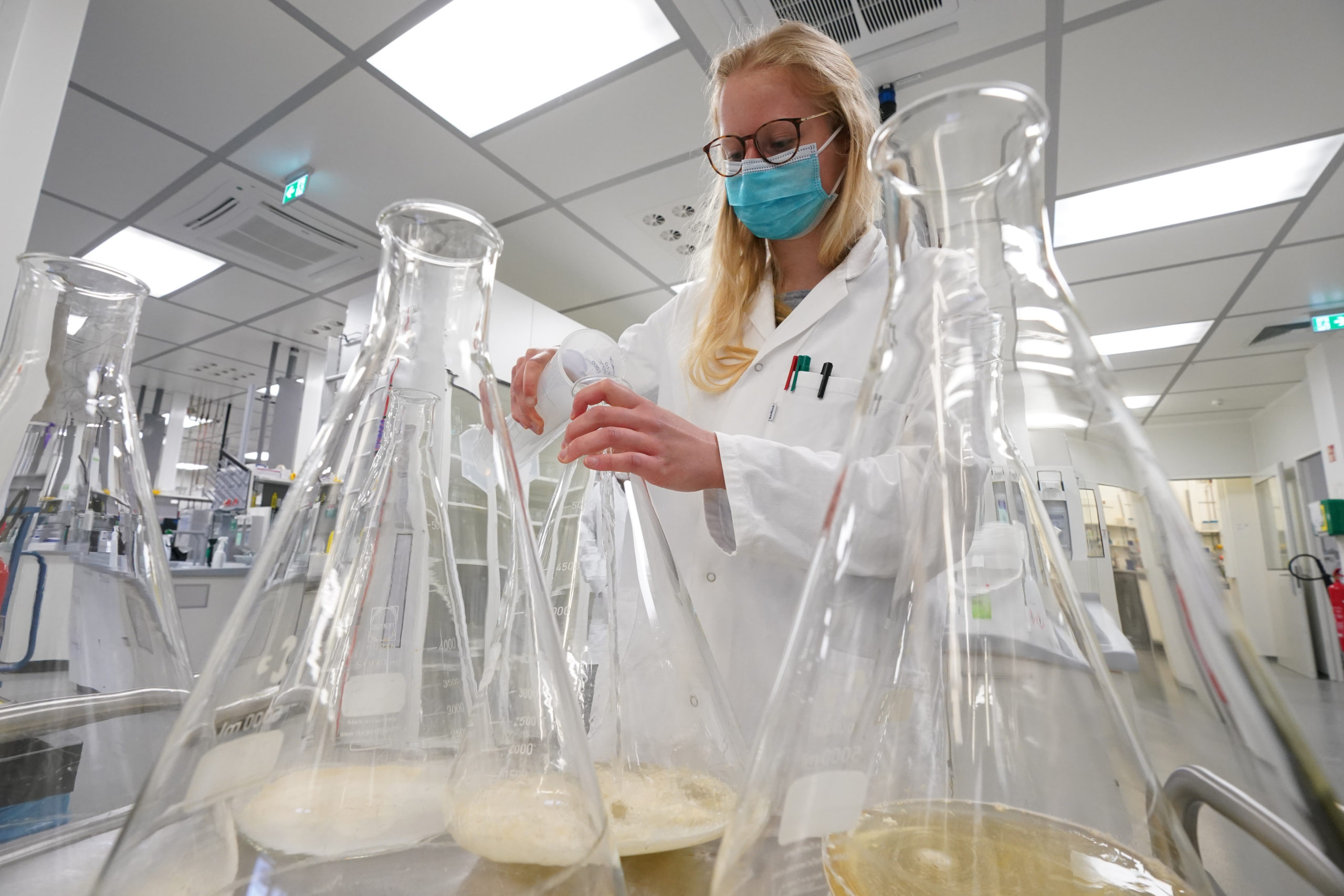
Introduction
Four successive waves of COVID-19 have buffeted the United States for the past year and a half. With each wave, we have bet on different measures to push us through: First, public health measures, then drugs and treatments, and now, with our fifth wave, we hold out hope for vaccine-led recovery. But from the outset, we have underestimated this virus and its ability to maneuver the public health battleground; it is escaping the best defenses we are able to muster and finding new avenues of attack.
In this paper, I propose a multimodal strategy for long-term COVID control, one that sets up multiple barriers of protection so that we are able to not only contain SARS-CoV-2 and eliminate COVID-19 as a major life-threatening disease, but also return to a new social and economic life. The strategy uses the best of what we have on hand today—a rapidly growing arsenal of vaccines and antiviral drugs and public health measures— with an eye towards future improvements and developments.
The most immediate priority should be supporting additional research on the molecular biology of SARS-CoV-2, of which we still know surprisingly little. This is particularly important since there is great likelihood that COVID-19 will become endemic. Unlike the viruses that cause smallpox or polio, SARS-CoV-2 has demonstrated an impressive ability to adapt and thrive in both humans and animals, including our much-loved pet, cats and dogs. Even if we can eliminate the disease from our own communities, it is unlikely we can do the same across the globe and for all our animal populations at the same time.
Related Content
The best we can hope for is containment of COVID-19 at levels we can tolerate both personally and economically. We have to use all the tools we have at our disposal— being aware of the inequities and disparities from country to country and within countries—that have made this and other diseases so hard to address.


